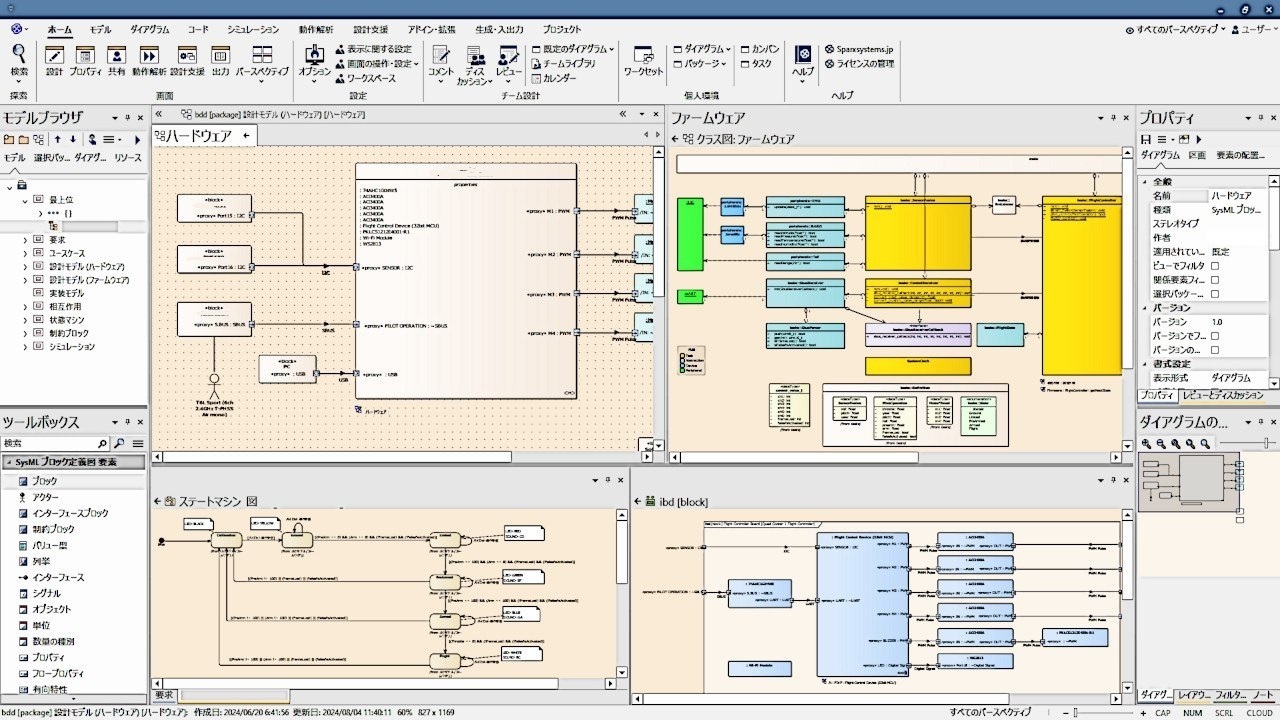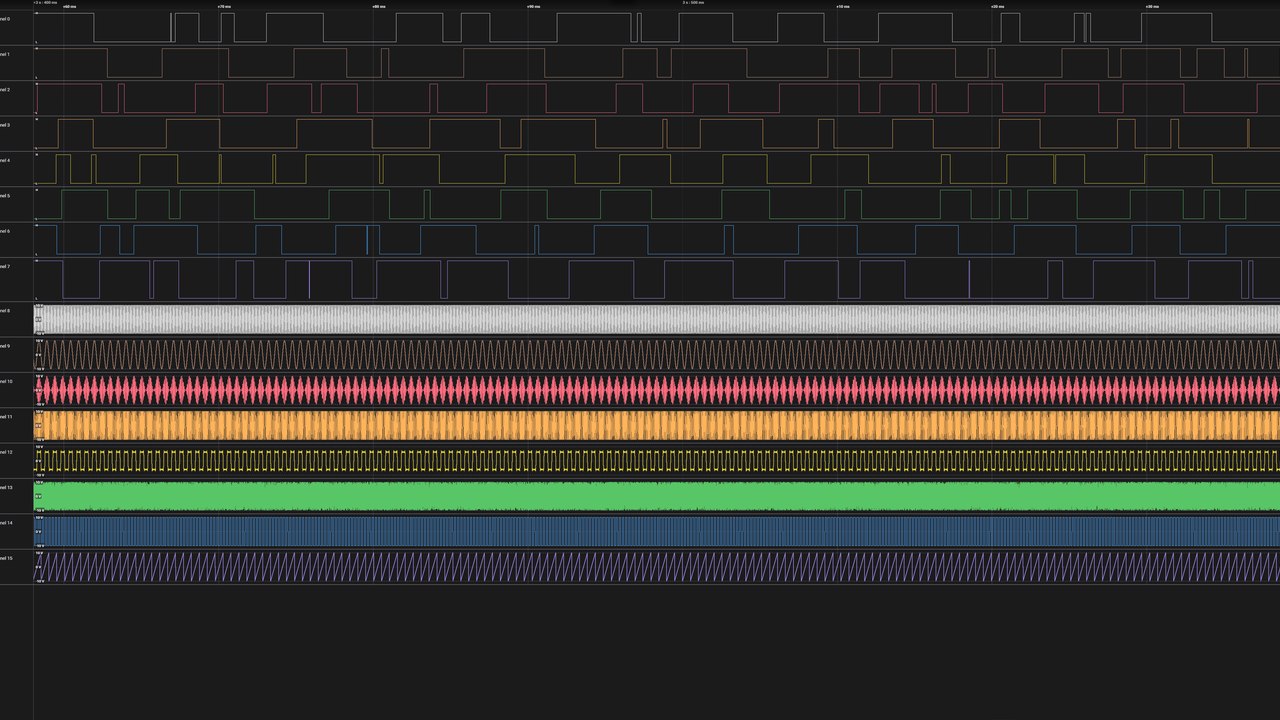


There are many organizations that use general-purpose document applications (such as Word, Excel, PowerPoint, Vision, and draw.io) to design systems and equipment. While designing using these general-purpose applications allows you to easily express your ideas visually, there is no relationship between the drawn shapes, and ultimately it is up to the human to ensure consistency.

Modern systems are becoming increasingly complex, and there are limits to how much consistency humans can manually ensure due to the scale of the design. Fortunately, model-based systems engineering has become widespread, starting in the aerospace and military defense industries, and with the advent of many useful tools, consistency and logical inconsistency detection can now be supported by tools.

Liberal Logic Inc. provides support for Model-Based Systems Engineering (MBSE) using SparxSystems’ Enterprise Architect. With its excellent cost performance, decades of stable product provision, and true modeling environment that incorporates a database, it contributes to the sustainable growth of development organizations.

In addition to high-level architectural design, the design of a wide-band data flow system requires …
Read More
Liberal Logic Inc. has expertise in SIMD algorithms. SIMD algorithms use the instruction set …
Read More
The knowledge that enables Liberal Logic Inc. to create mission-critical systems, measurement and …
Read More